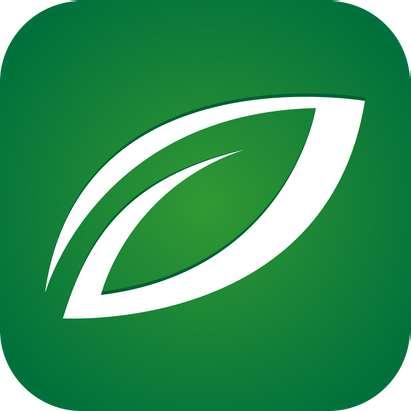

Frisco Independent School District
Teaching Kids the Importance of Health & Wellness










MILK MILK MILK

FRUIT FRUIT FRUIT

CHOOSE CHOOSE CHOOSE


GRAIN



Learning about the health benefits of food!
Oranges | Bell Peppers| Cucumbers | Pears

















MILK MILK MILK














Oranges are a type of them grown in the U.S. from
Popular Types of Oranges:
1. Navel
2. Hamlin
3. Valencia
600+ varieties of oranges.
Orange season is 9 months long… October - June!

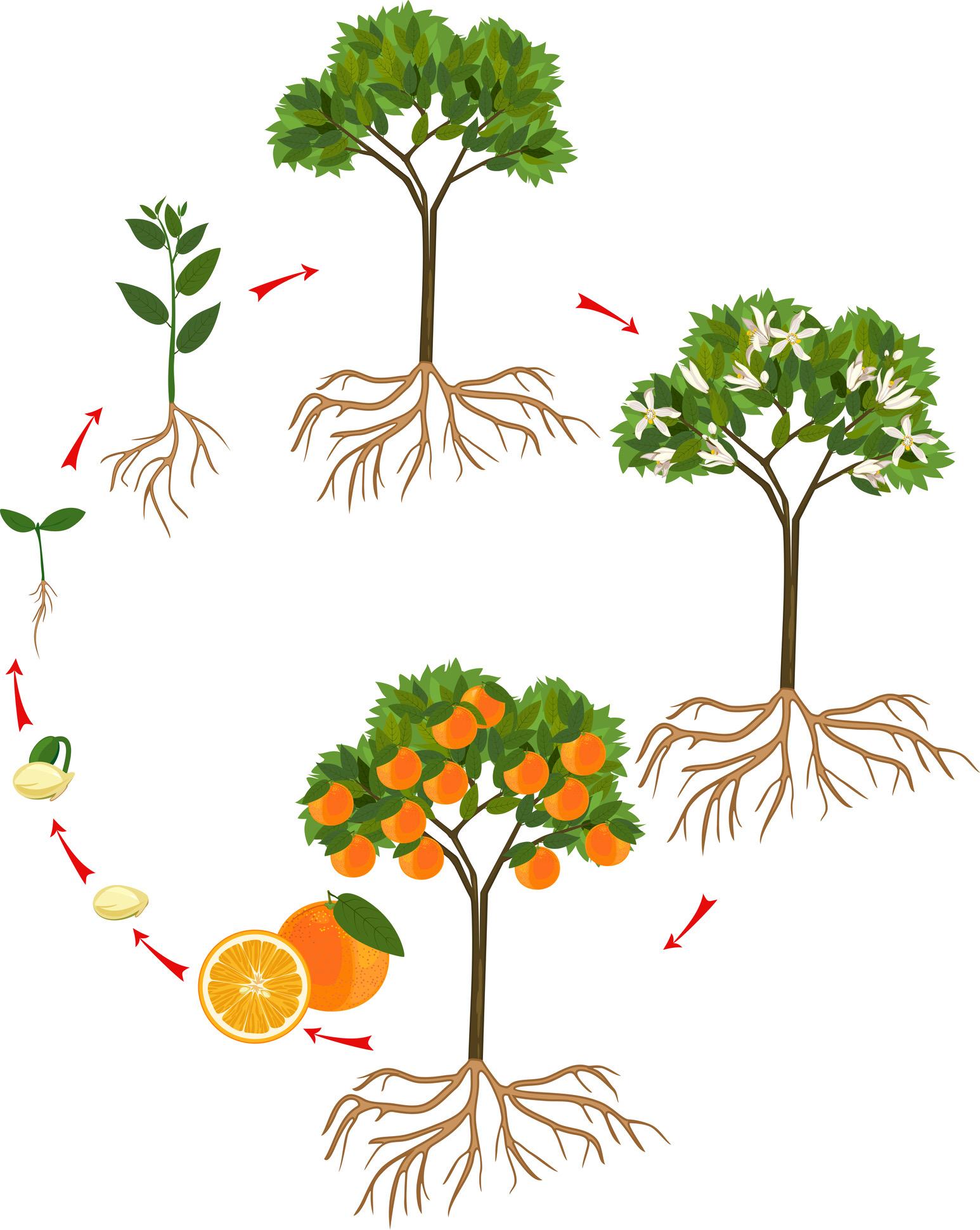



oranges are juiced.


Sub-tropical areas have ideal climate for growing oranges.
Most oranges are harvested by hand.







Fiber supports movement through the digestive system
Fiber is a type of carbohydrate body doesn’t digest, it simply passes through.
Soluble fiber dissolves in water…it helps regulate blood sugar levels and removes cholesterol from
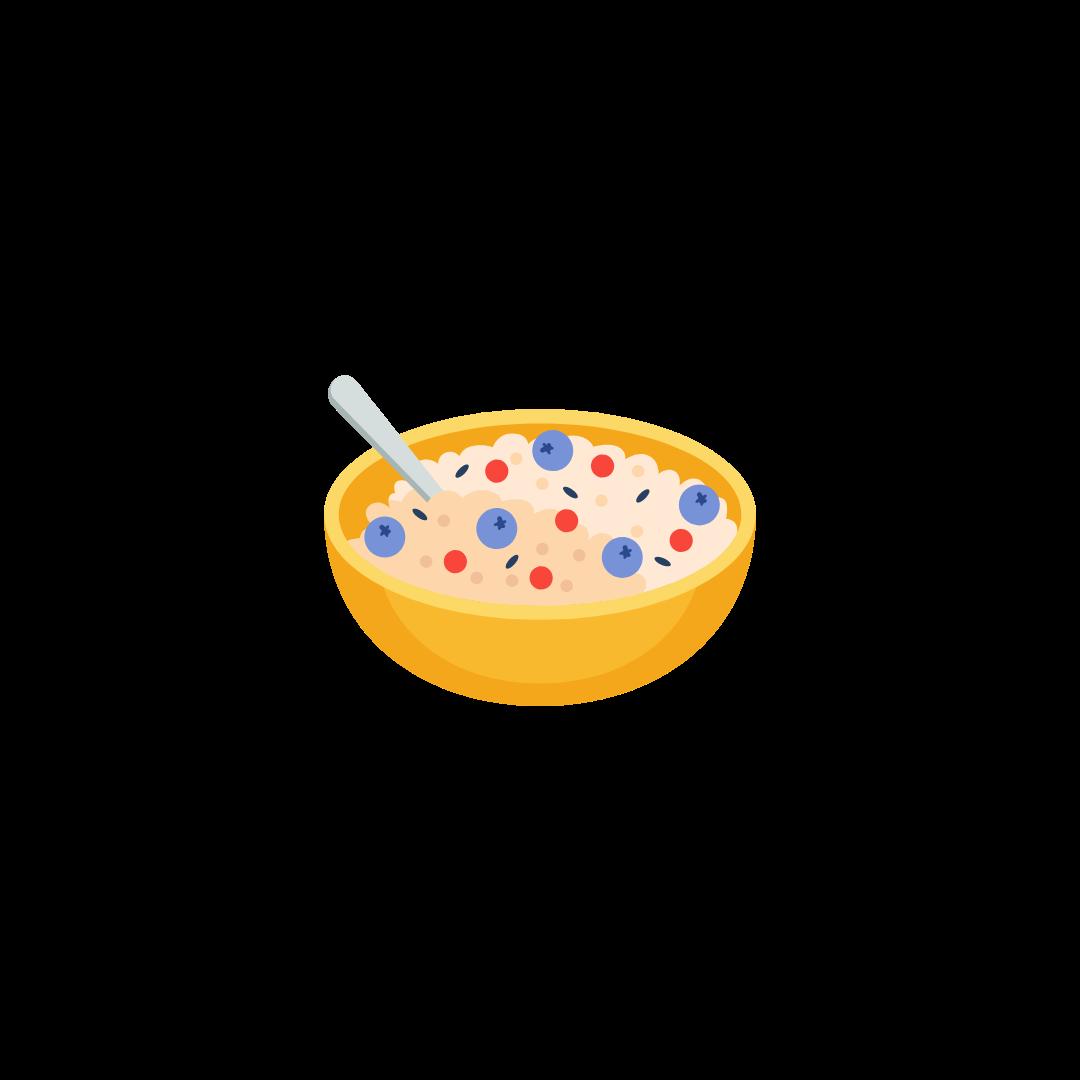
Insoluble fiber is sometimes referred to as “roughage. ”

2 types of fiber:

1. Soluble fiber
Insoluble fiber
Fiber is ONLY found in plant foods.
Dairy & meat products do not have any fiber.
Fiber helps to regulate the body’s use of sugar.
Insoluble fiber does not dissolve in water…it helps food move throughout the digestive system.

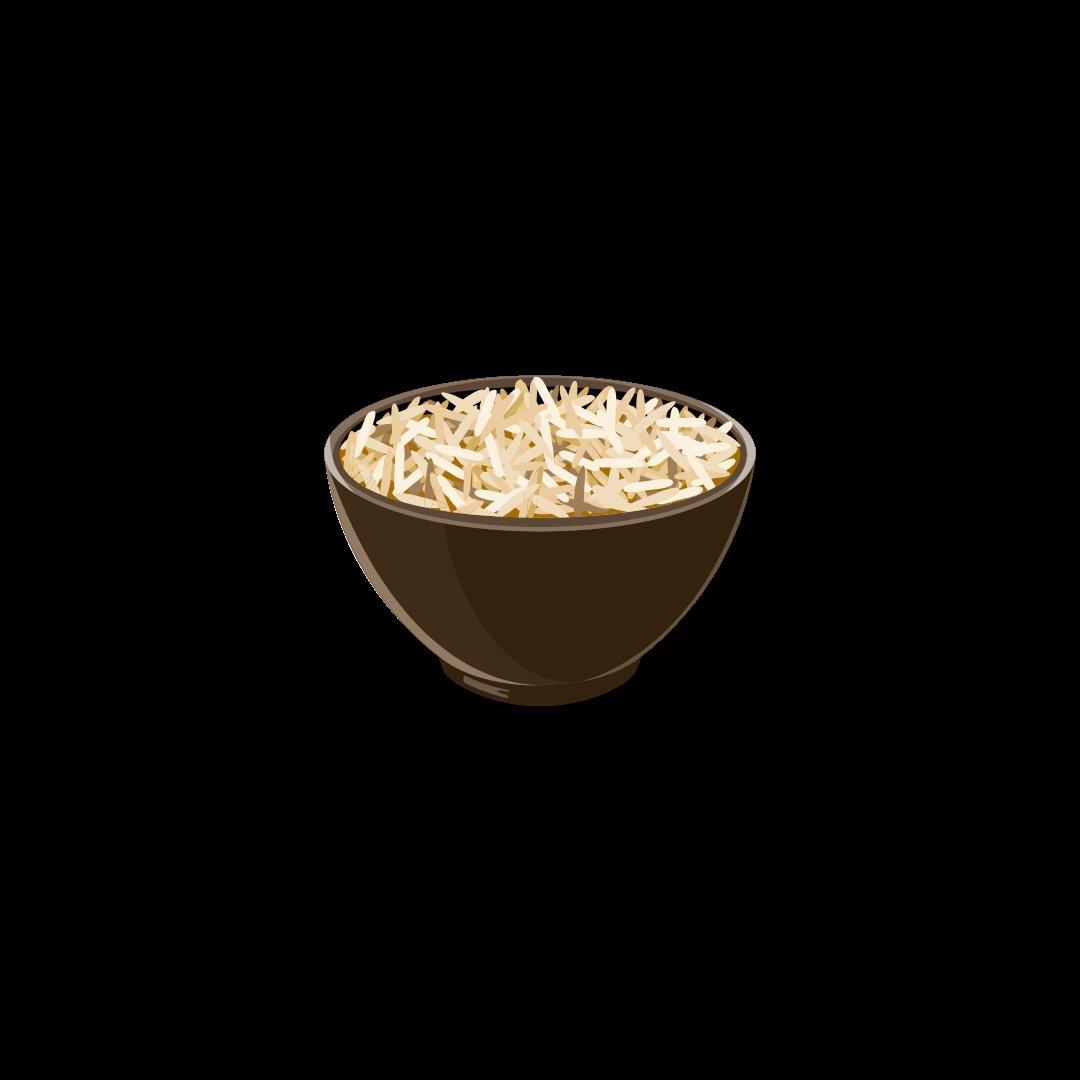

BOTH forms of fiber are important & beneficial to overall health.



Bell peppers are technically fruits - they are grown from a flower & contain seeds. The bell pepper is the ONLY member of the pepper family that does not produce

Capsaicin is the chemical that makes other peppers

Bell peppers are in the same family as tomatoes, eggplant, and potatoes. Bell peppers can be 2 to 6 inches long. long they ripen.
Red bell peppers are also known as sweet peppers.
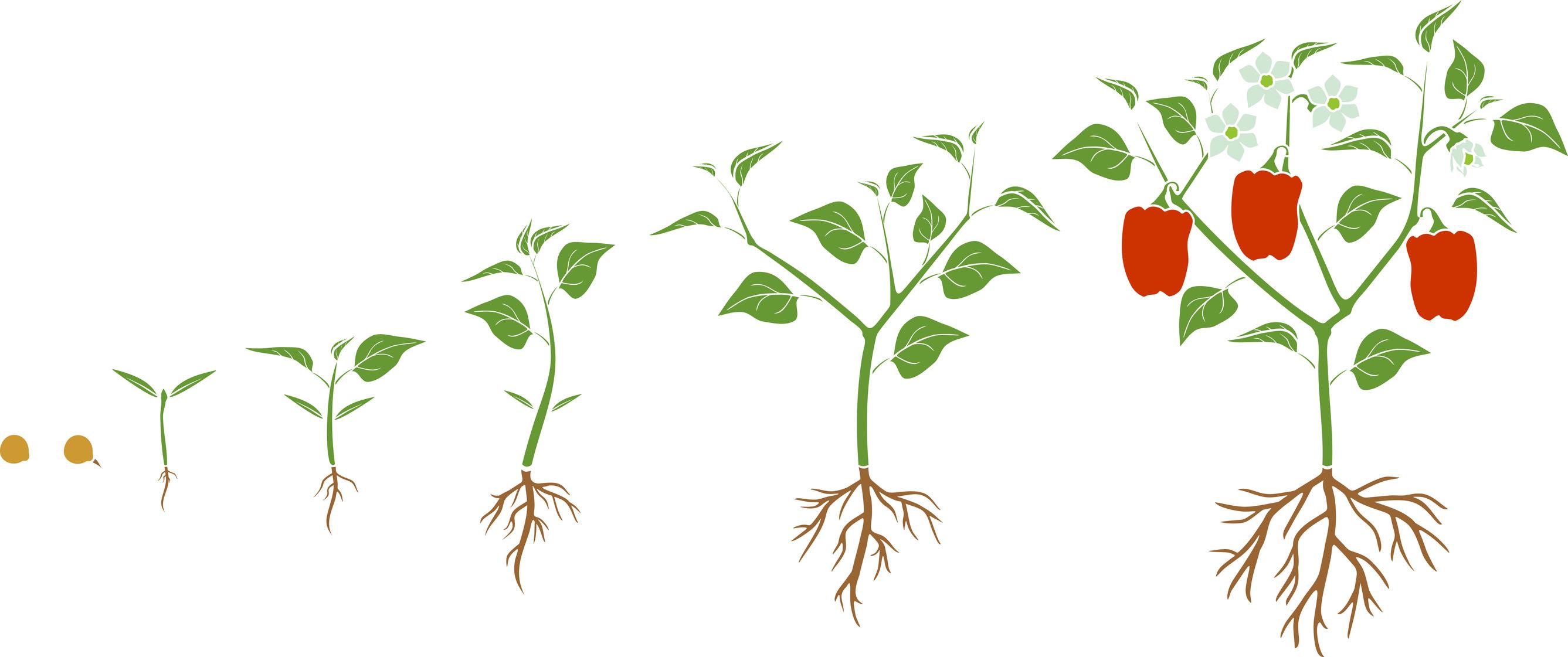


Bell peppers get sweeter the longer they ripen.





Vitamin C supports the the body’s defense against infections.

Vitamin C is also referred to as “ascorbic acid.”
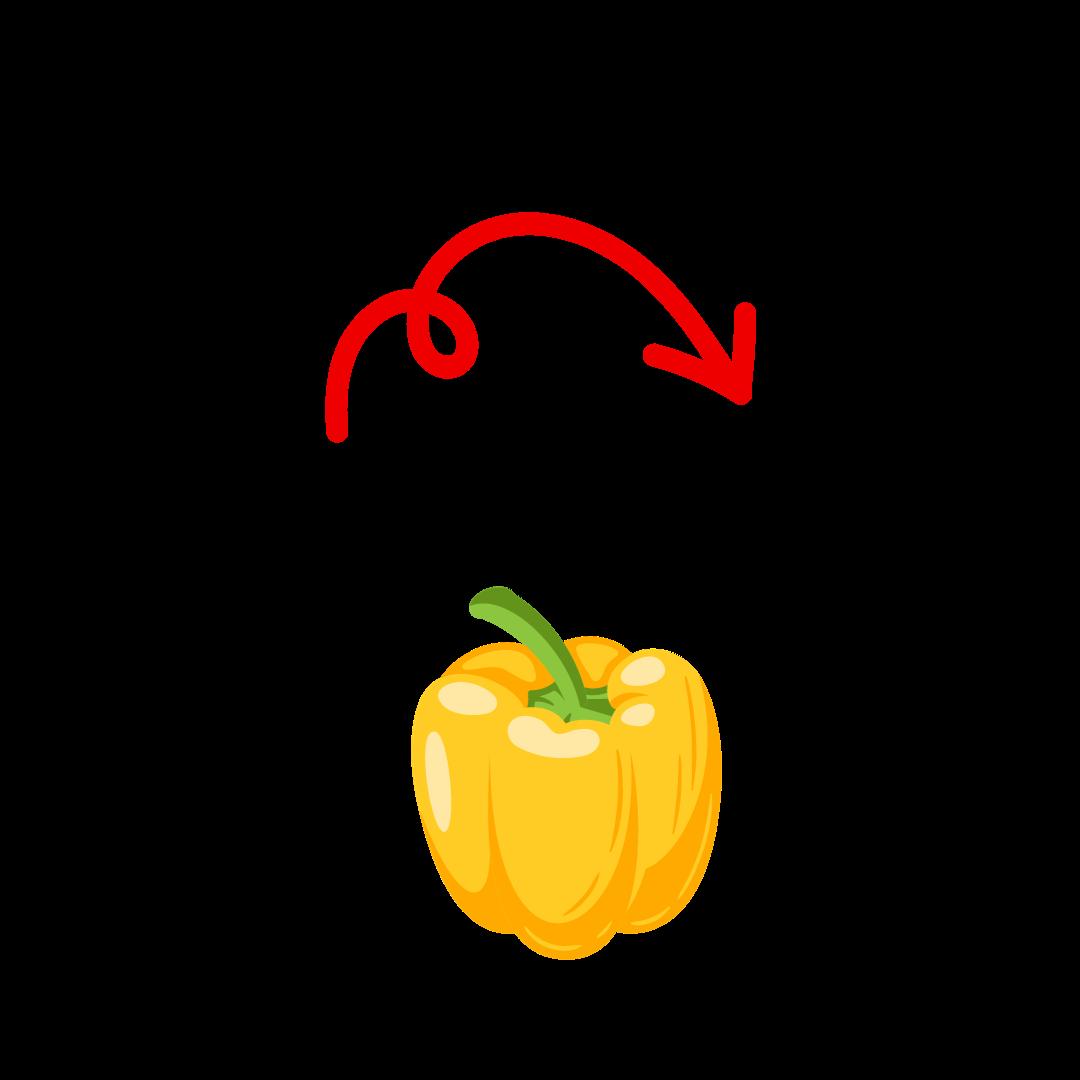

Vitamin C is an antioxidant. Antioxidants help protect against damage caused by exposure to harmful substances in the environment.
The body cannot make vitamin C on its own - it has to come from food.
Vitamin C helps keep you happy & healthy! What do you call a vitamin that improves your eyesight?


Vitamin C is a very important vitamin for healthy gums & teeth.
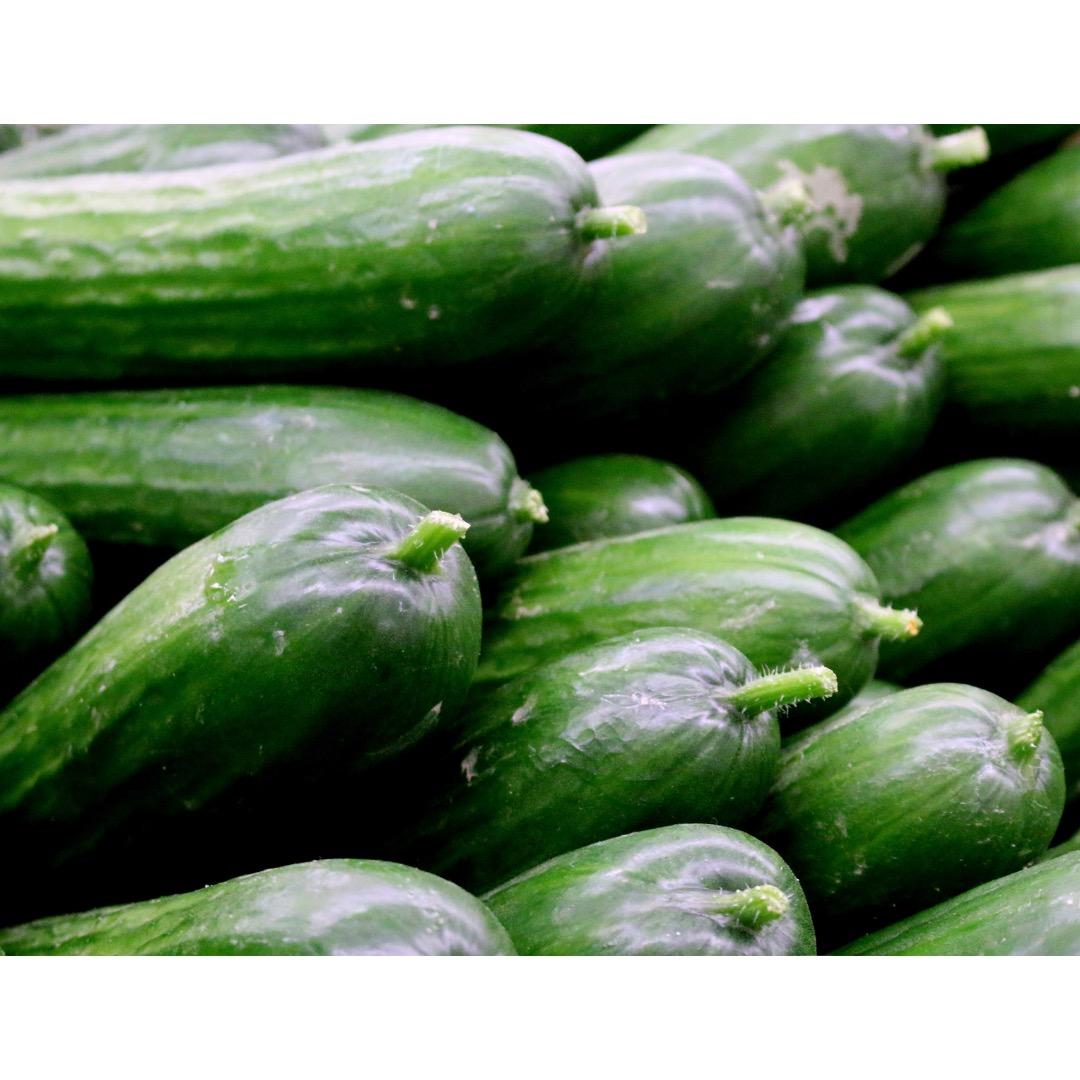


Cucumbers are technically fruits since they & contain seeds.
There are cucumbers.
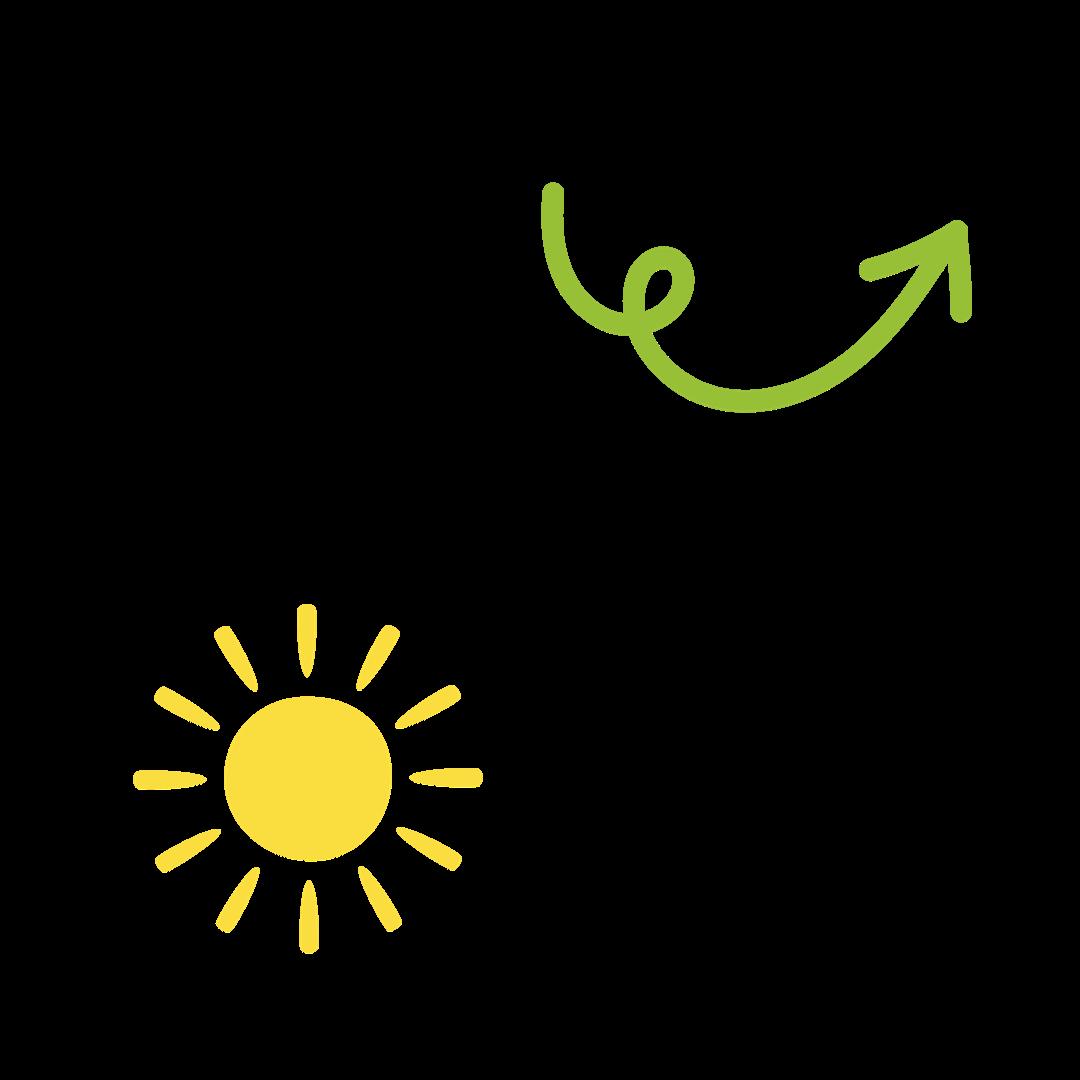



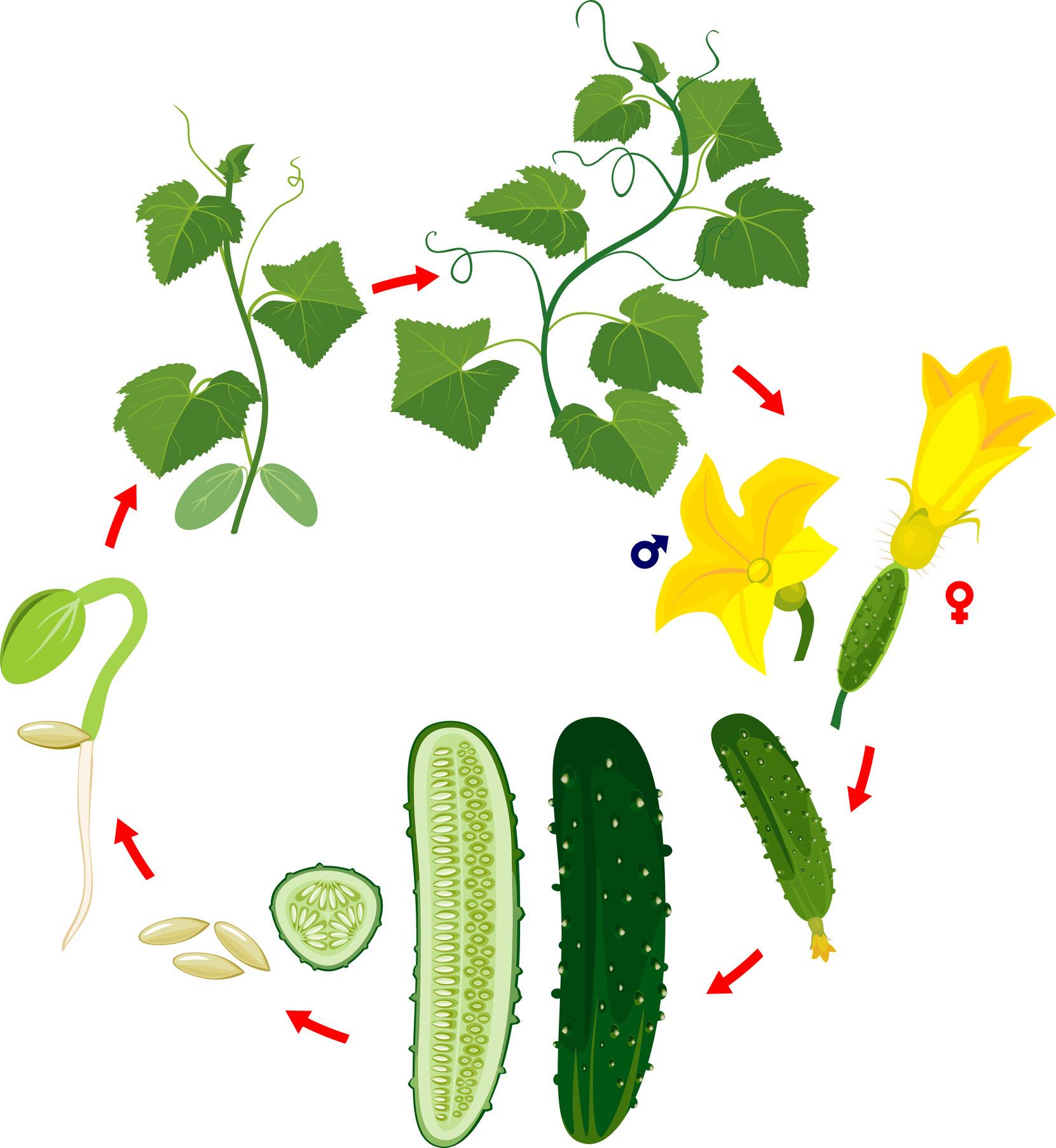
1 vine can produce 25 - 125 cucumbers. of cucumbers seeds.

World Cucumber Day is June 14th!

Cucumbers grow on






Vitamin K supports proper blood function, bone growth & kidney health. The body has the ability to create vitamin K on its own.
2 main forms of vitamin K: K1 and K2.
Vitamin K is a fat-soluble which means…


Vitamin K helps the body heal from wounds.
It absorbs better into the body when eaten with foods with some fat like olive oil or avocados!

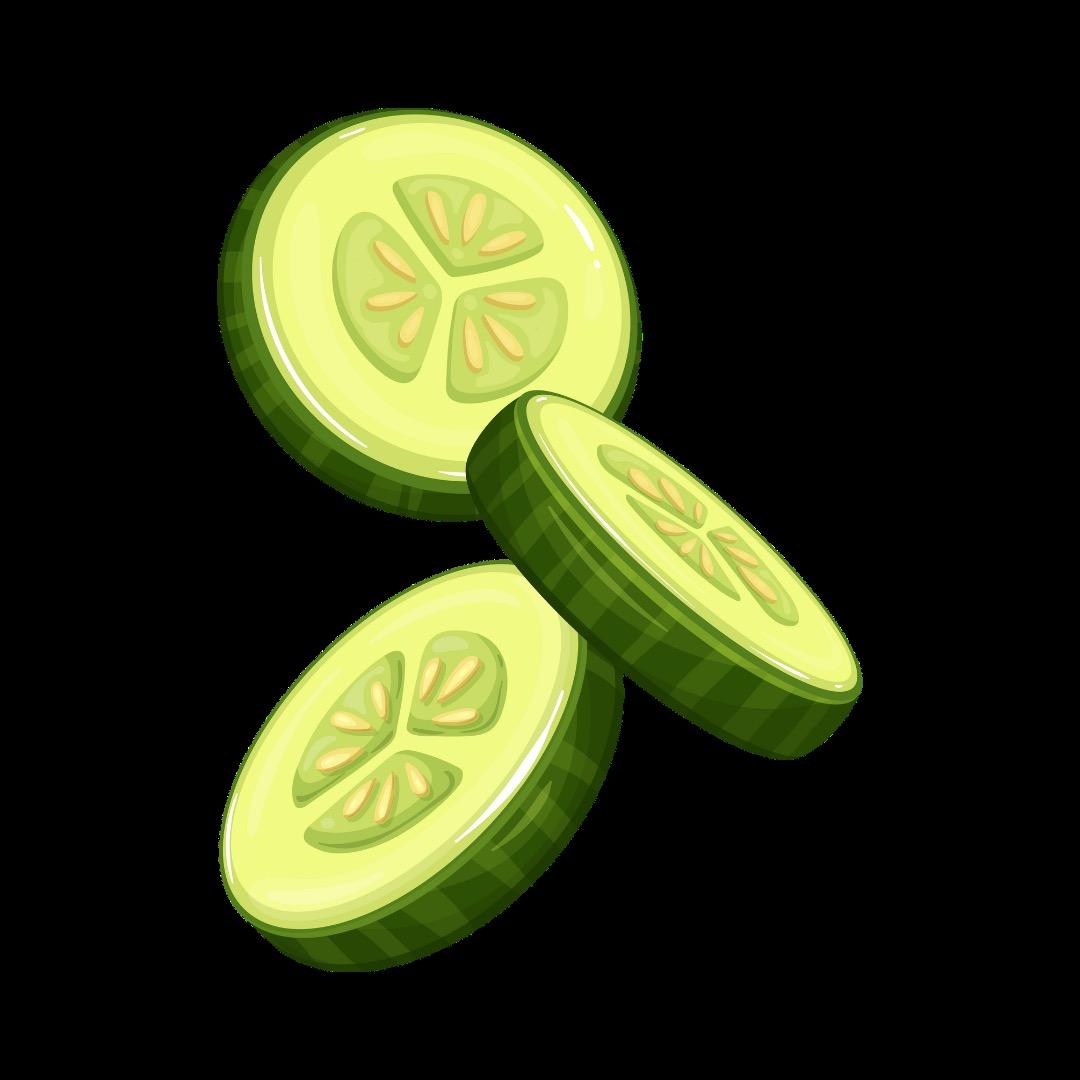
Vitamin K helps produce proteins that bind themselves to calcium - this helps build strong bones.

Vitamin K supports heart health.

Vitamin K is found throughout the body in the liver, brain, heart, pancreas & bones.
Vitamin K plays a role in proper blood function- specifically with clotting.



Pears are a type of pome fruit – fruits that have a “core” and several small seeds.

Pears used to be called

Over 3,000 varieties of pears.
The most common types of pears are Anjou, Bartlett, Bosc, Comice & Forelle.
30-40 tall trees. Pears prefer to grow in cooler climates



Pears ripen best after they are picked.
Pears are a part of the rose family.

Pears are the most fragile fruit.
The majority of pears grown in the U.S. are grown on the ALL pears are picked by HAND




Copper supports the creation of red blood cells






Red blood cells help oxygen because their plants roots absorbed them.
Copper helps the brain function properly.

Most copper in the body is found in the liver, brain, kidneys & skeletal muscles.
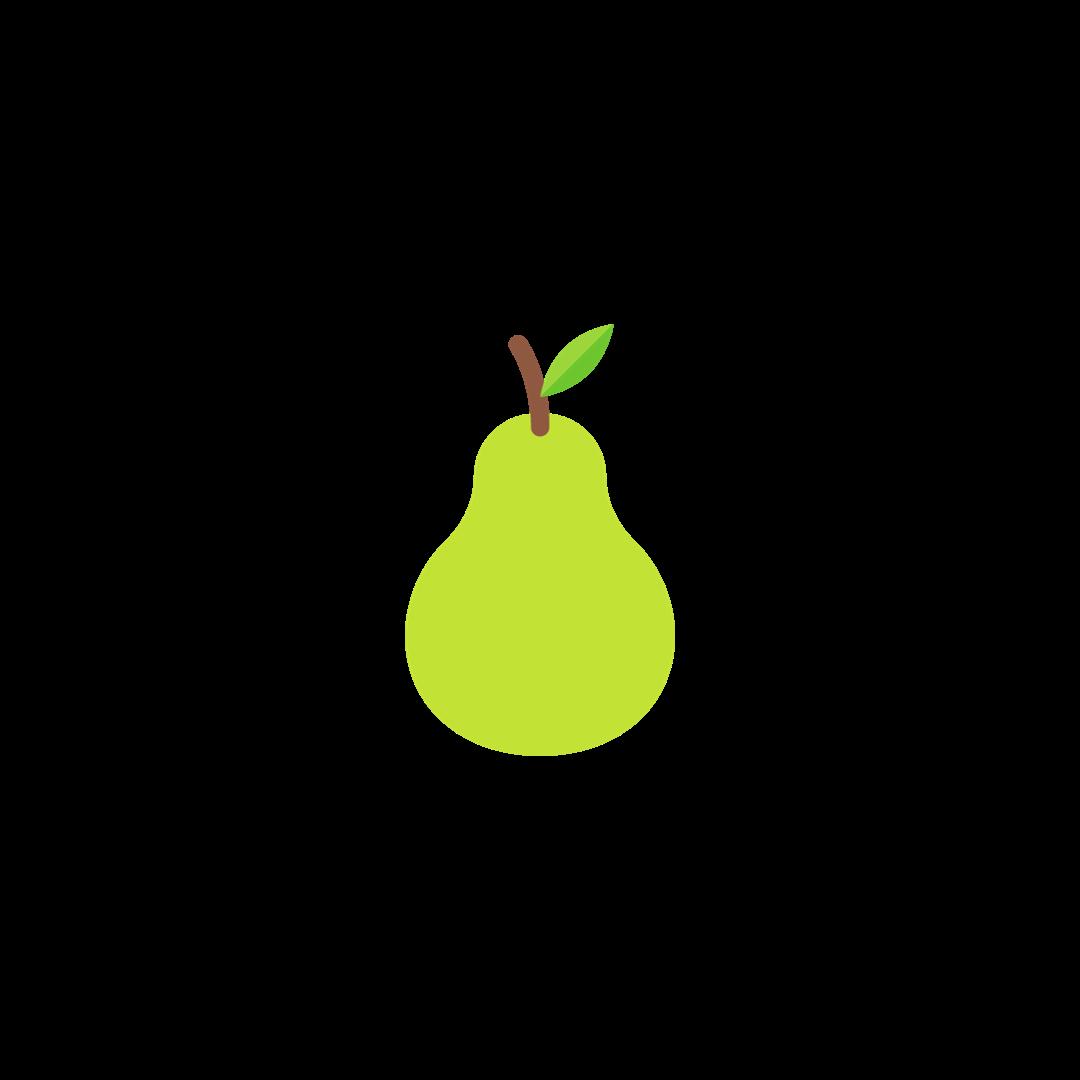

Copper is known as an essential nutrient
Copper plays a role in helping the body turn food in energy!





Milk is a type of dairy product –most commonly made from cows.
1. Ayrshire
2. Brown Swiss
3. Guernsey
4. Holstein
5. Jersey
1 cow produces around 6 gallons of milk/day.
1 serving milk contains 13 essential nutrients
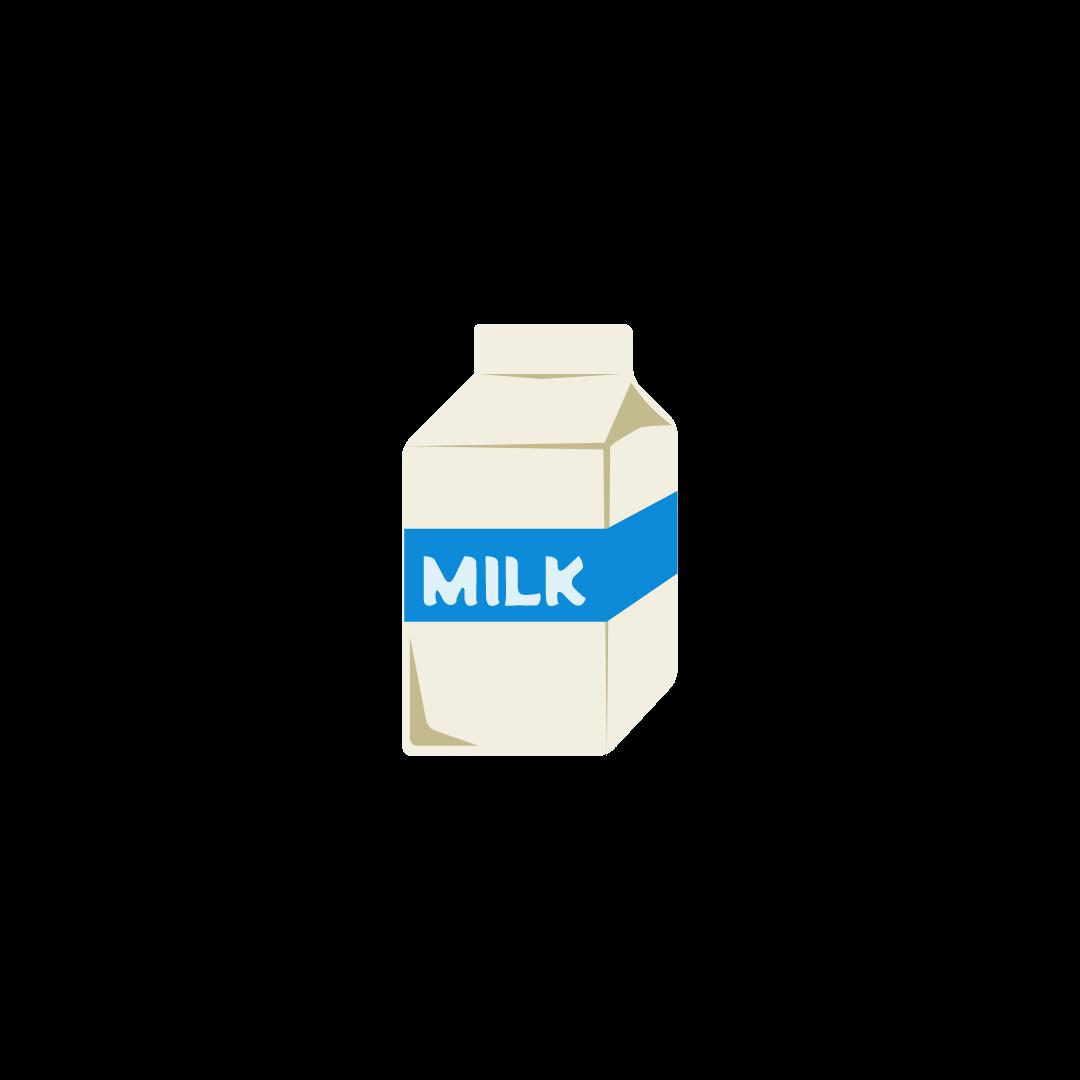

Milking Shorthorn
Holstein cows all have a unique pattern of spots!
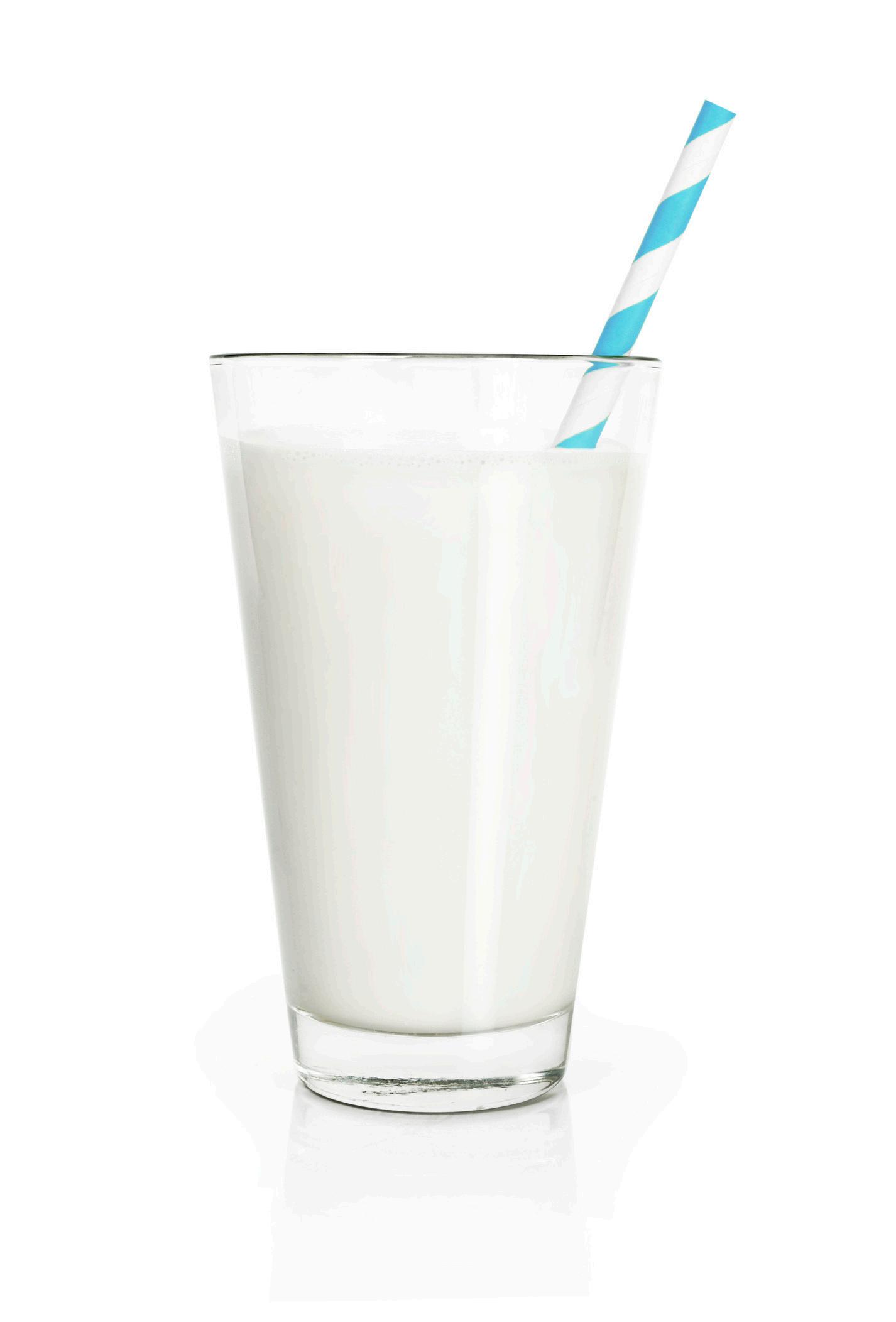

The U.S. produces ~227 BILLION pounds of milk each year.

The reason milk is white is because it contains “casein” - a type of protein. Milk is the source of ALL dairy products!


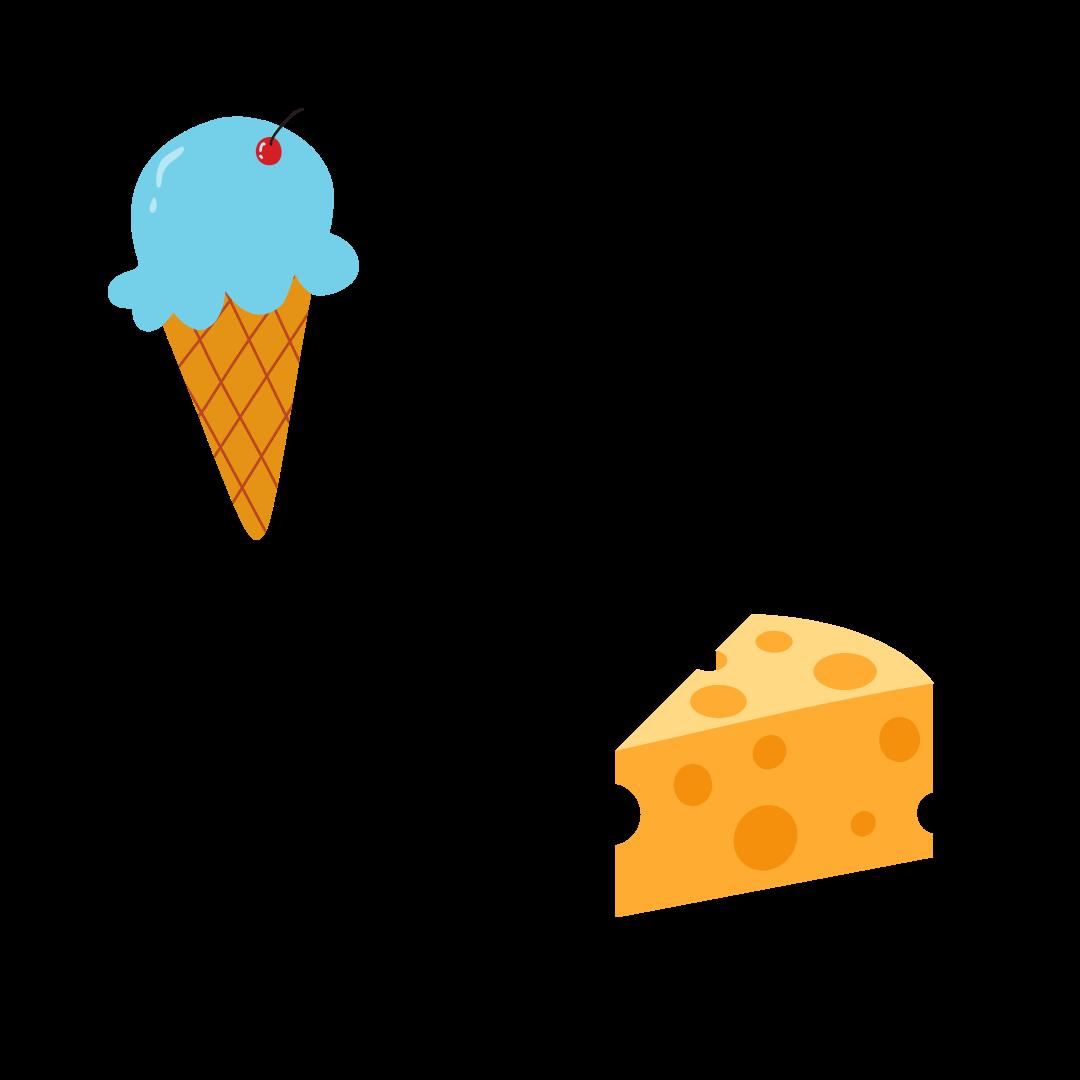
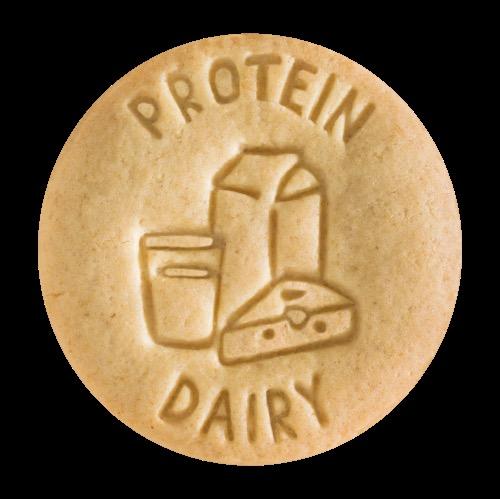




Protein builds, maintains and replaces the tissues in the body.
Protein helps to transport & store nutrients throughout the body.
18 - 20% of the body is protein.

EVERY cell in the human body contains protein.

The body cannot store protein long term… which is why protein needs to be consumed daily.

Protein plays a big role in building and repairing muscles.
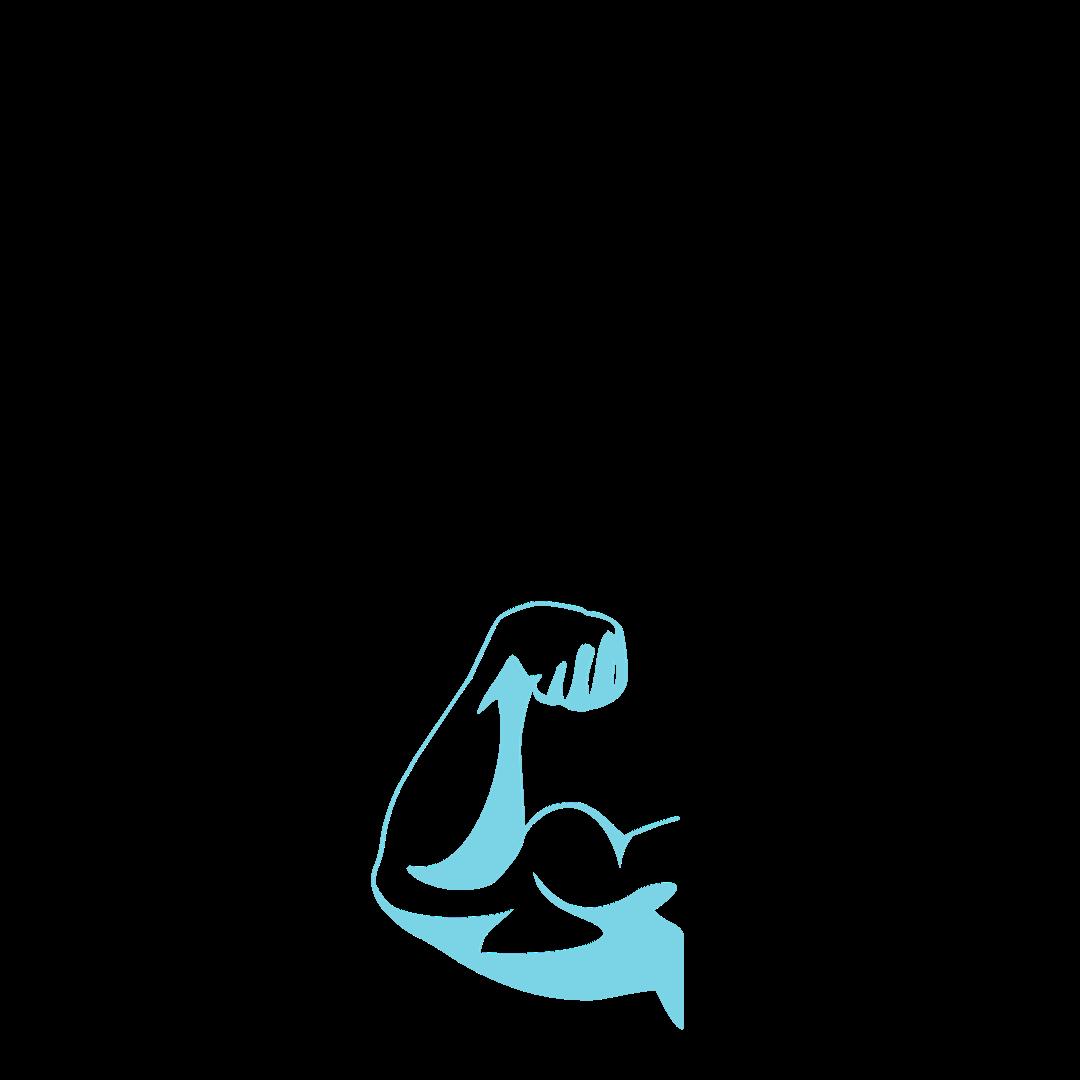

Protein is a MACRONURIENT . A macronutrient is a nutrient that the body needs in LARGE
Protein helps maintain fluid balance throughout the body.

